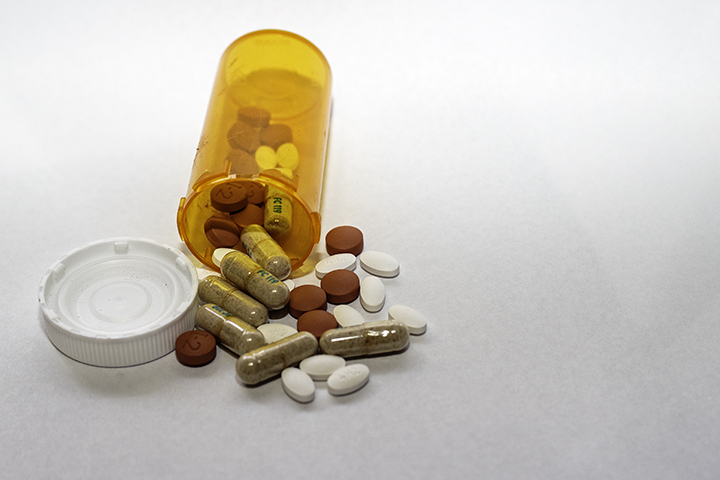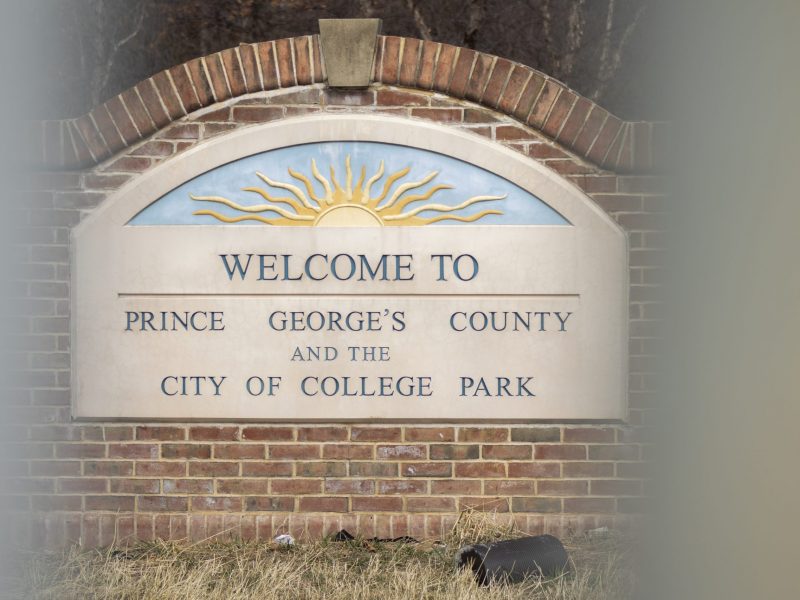When sophomore chemical engineering major Kelly Hillen stepped onto the field for her last lacrosse season in 2013, she didn’t plan on ending her entire athletic career.
“As I was shooting, it was like an audible snap,” she said. “I heard it and then I just collapsed.”
Hillen limped off the field with a torn anterior cruciate ligament — a fairly common and painful injury that affects more than 200,000 people each year — and a torn meniscus. The injury led to a repair surgery and about six months of recovery.
But as it turns out, she might have not needed surgery at all. Professor Daniel Morgan at the University of Maryland’s School of Medicine has spent the past three years studying the concept of medical overuse and potentially harmful or unnecessary treatments, and recently has been able to start drawing conclusions and patterns.
Morgan, who underwent ACL repair surgery himself, said knee surgeries should not be performed as often as they are, but ACL repairs are “one of the more lucrative things that orthopedic surgeons do.”
A 2010 study by physiotherapist researcher Richard Frobell and his colleagues at Lund University in Sweden revealed that although surgery and physical therapy are effective treatment methods, 60 percent of subjects who decided to delay ACL repair surgery found they never needed the operation at all.
The all-payer model for Medicare insurance, which is exclusive to Maryland, provides Morgan with more data and insight into possible overmedication or excessive treatment, he said.
Whereas other states’ insurance rates depend on a per-service fee, Morgan said this state’s model has a unique rate structure that relies on a patient as a whole, taking pressure off doctors to push for more treatments and prescriptions.
This model resulted in a 26 percent decrease in preventable conditions such as infections and surgical errors, showing patients were healthier when they were given fewer treatments, according to a study published in The New England Journal of Medicine.
“It certainly suggests that a lot of what is done is probably unnecessary and potentially harmful if you’re able to pay less, and presumably have less done, but have patients do better,” Morgan said.
There is pressure on doctors to provide solutions to patients on demand, Morgan said, especially given the technological advances in the medical field over the last 50 years.
“These great outcomes have made people kind of blind to the reality that a lot of the problems that people have … aren’t that easy to treat,” he said. “The culture of medicine is that doctors are always looking for something they can do and [are] not really alert to things that they have done that may have been harmful.”
Up to one-third of medical spending might be unnecessary, costing the United States up to $700 billion per year, Morgan said.
Senior biochemistry major Sara Kreshpanji said the issue of overuse is something she is wary of as she prepares to attend the University of Maryland, Baltimore, for her pharmacy doctorate in the fall.
“[Treatments] can affect you a lot differently than the people they’re made for,” Kreshpanji said.
And when it comes to prescribed medication, the potential for addiction is a huge risk.
“They’re prescription drugs for a reason,” she said.



